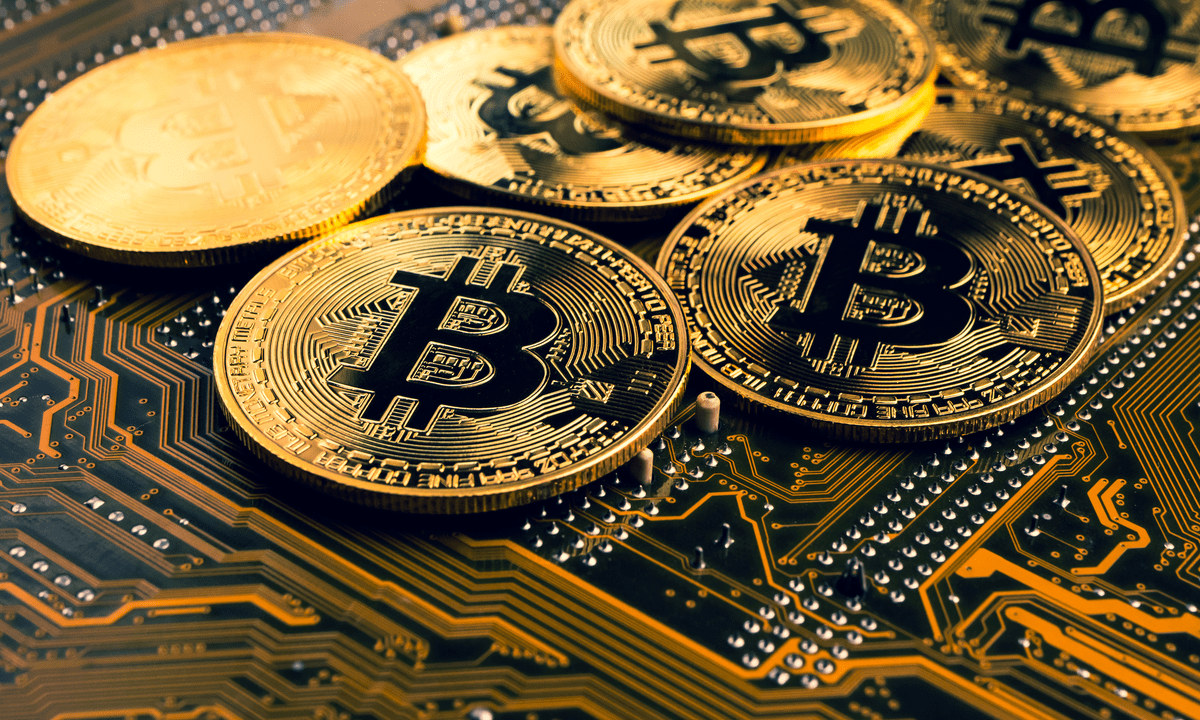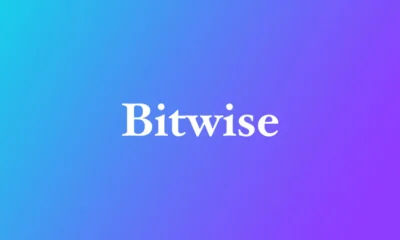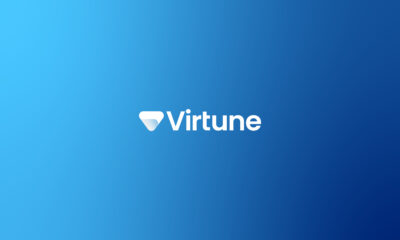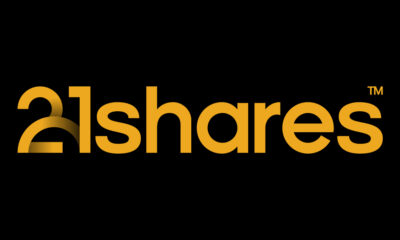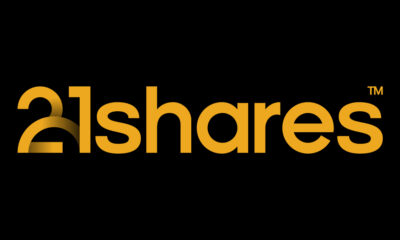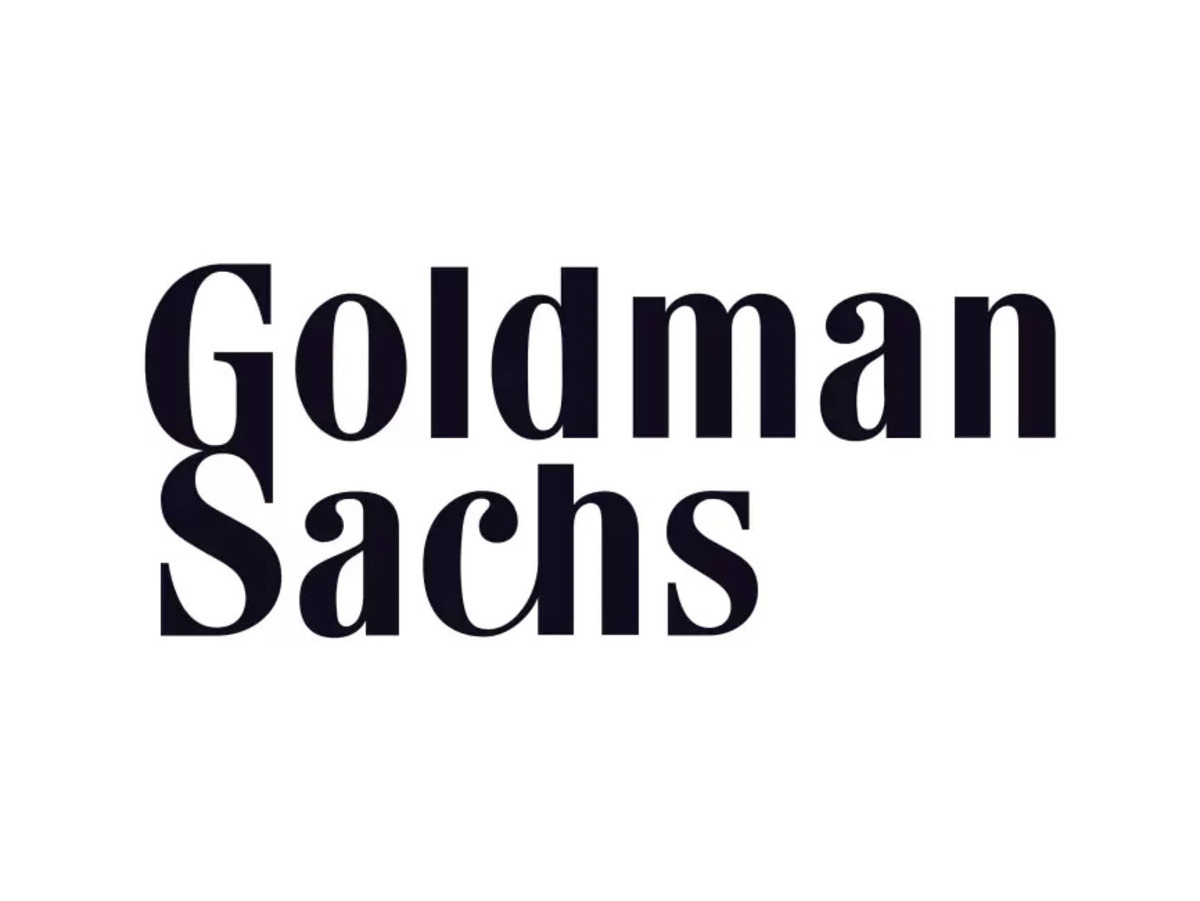There are varied ways to value Bitcoin, but given it has some similarities to commodities we felt it would be worthwhile calculating the marginal cost of production. While this varies for commodities as supply and demand changes, it is an effective way in understanding the long-term equilibrium price. Bitcoin power consumption – an approach to valuation.
Bitcoin is exceptional in that the supply is predictable, being determined by the structure of its underlying algorithm. Bitcoin’s algorithm dictates that after a specified number of blocks are mined the reward for mining halves. A linear path for the Bitcoin reward schedule has been established, and this is likely to continue as long as Moore’s law for exponential growth in processing power continues. The last coin is likely to be mined by 2130, but 99% will be mined by 2027.
The hash rate growth of the Bitcoin network, a measure of the speed at which Bitcoin blocks are mined, coupled with the known power consumption can be used to estimate the electricity consumption costs, the equivalent of the marginal cost of production that is often used to value commodities.
Estimating historical power costs
Bitcoin emerged in late 2009 with enthusiasts mining on their personal computers, which at the time became profitable but was a very inefficient approach. Consequently manufacturers began selling dedicated ASIC miners which drastically improved efficiency. These ASIC miners began emerging in 2013, with each new model having a much more powerful hash rate, leading to an explosion in overall network hash rate as more miners joined the network. The power consumption of these commercial Bitcoin miners is well known, as is the overall hash rate.
Using historical global power costs we estimate the electricity consumption to currently be 1.7GW/hr, which equates to roughly 600,000 households usage, or US$4.2mn spent every day. At the current rate of growth in the Bitcoin network, power consumption costs will be more than double that of today by end-2018. We have created a matrix, highlighting if current trends continue in network growth what the power consumption will be, it is worth noting that current watts per tera-hash are trending down as mining equipment becomes more efficient, although this is not enough to offset the growth in mining infrastructure.
Marginal cost of production
To estimate marginal cost of production the total number of coins produced per day is divided by the mining cost: at current consumption and production levels this is approximately US$2015, well below the current price. However, if the cost of purchasing the Bitcoin mining hardware is factored-in, and assuming a one-year replacement cycle, the current marginal cost of production would be US$6,600. The lifetime of a mining rig is difficult to tell but we now believe it is close to 365 days (having previously assumed 2 years), being superseded by better models, with commercial mining operators quick to replace existing hardware to remain competitive.
Predicting future marginal cost
As the future network hash rate is likely to follow Moore’s law and the mining difficulty follows a linear path future, electricity costs can be estimated. We anticipate the marginal cost of Bitcoin will have risen to US$14,000, including hardware purchase costs by the middle of next year, roughly where today’s prices are. However, by early 2020 the reward for mining Bitcoins (as dictated by the Bitcoin algorithm) will halve, pushing marginal costs to roughly US$60,000.
Using marginal cost of production is just one approach at valuation, it could be argued that the current high valuations are justified because even if the probability of mass adoption is small, the impact on price would be very large, this is perhaps why we are seeing so much speculation and volatility. Our analysis makes several assumptions that the marginal costs is very sensitive to, such as rig lifetime, power costs and network hash-rate growth.
We know from other commodities price behaviour that they can deviate quite far from the marginal cost and stay detached from it for quite some time, this at the very least gives us an indication as to what price it isn’t profitable to produce.
James Butterfill, Head of Research & Investment Strategy at ETF Securities
James Butterfill joined ETF Securities as Head of Research & Investment Strategy in 2015. James is responsible for leading the strategic direction of the global research team, ensuring that clients receive up-to-date, expert insight into global macroeconomic and asset class specific developments.
James has a wealth of experience in strategy, economics and asset allocation gained at HSBC and most recently in his role as Multi- Asset Fund Manager and Global Equity Strategist at Coutts. James holds a Bachelor of Engineering from the University of Exeter and an MSc in Geophysics from Keele University.

 Nyheter3 veckor sedan
Nyheter3 veckor sedan
 Nyheter3 veckor sedan
Nyheter3 veckor sedan
 Nyheter4 veckor sedan
Nyheter4 veckor sedan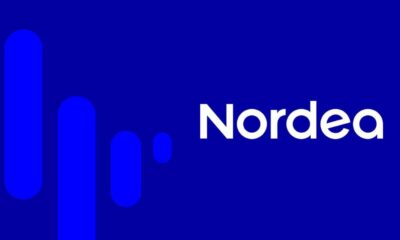
 Nyheter3 veckor sedan
Nyheter3 veckor sedan
 Nyheter4 veckor sedan
Nyheter4 veckor sedan
 Nyheter3 veckor sedan
Nyheter3 veckor sedan
 Nyheter4 veckor sedan
Nyheter4 veckor sedan
 Nyheter4 veckor sedan
Nyheter4 veckor sedan
